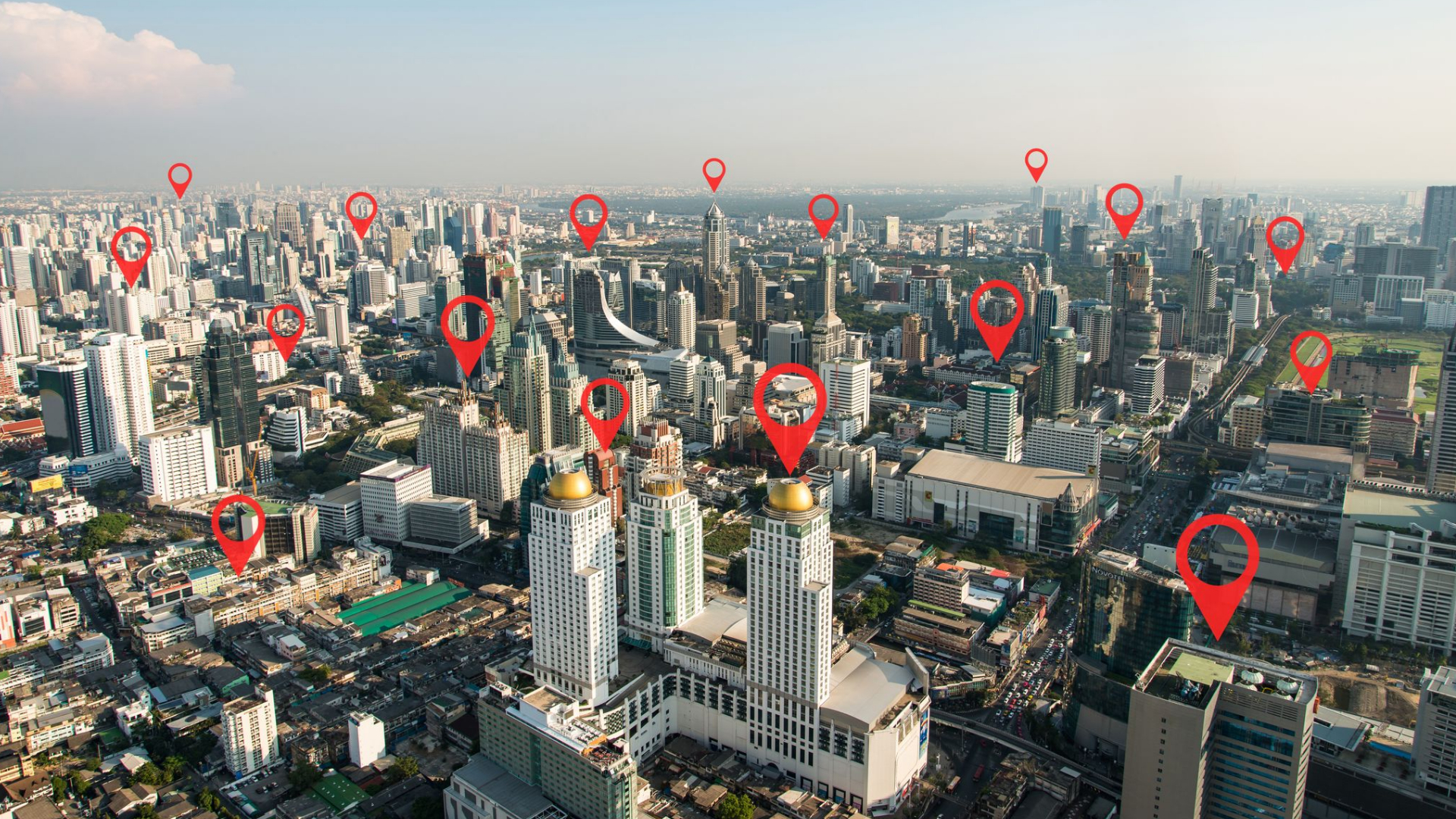
How the Healthcare Industry Can Use QR Codes
Published by Smart Office
Smartphones remain one of the most popular ways for consumers to interact with their service providers. About 85% of Americans say they carry their smartphone with them everywhere. And QR codes are one of the fastest and most accessible ways to link patients to the digital information they need.
What Are QR Codes?
The “QR” in QR code stands for “Quick Response.” A QR Code is a type of barcode read by a digital device, such as a smartphone’s built-in camera. The barcode stores information such as website URLs, phone numbers, downloadable files, contact details, or informative text. Because of their convenience and accessibility, QR codes are popular with marketers. But they can also improve communication, transparency, and information exchange between healthcare providers and their patients. Let’s look at some ways to use QR codes in healthcare.
9 Ways to Use QR Codes
QR codes one solution for streamlining healthcare operations. Incorporating QR codes into clinic, hospital, and healthcare facility operations can facilitate technical communication, protect patient confidentiality, improve patient education, and more.
- Patient Identification: QR codes can be used to keep tabs on patients’ healthcare information through across layers of physical documentation. For example, providers can track patient documentation with QR codes on patient wristlets and clipboards. Matching QR codes can ensure timely check-in and check-out times, coordinate medical histories, and ensure providers have an accurate record of a patient’s prescriptions or procedures during their stay.
- Drug Information: QR codes play a crucial role in ensuring the authenticity of pharmaceutical drugs. Adding QR codes to packaging can help verify that the medication comes from a legitimate manufacturer. QR codes may be used provide essential information such as the expiration date and drug interactions. They can also be used to provide access to instructions on timing and proper medication administration, helping to prevent medical errors.
- Medical Equipment Instruction: Providers can leverage QR codes to scan and access a dedicated landing page containing information related to the technology they are working with. On this page, they can find digital manuals, set-up instructions, alerts for recalls or malfunctions, and other relevant details. Digital manuals eliminate the need for cumbersome pamphlets and physical books, and offer a more efficient way to search documents when troubleshooting.
- Procedure Education: QR codes given on patient pamphlets can reduce the likelihood that patients will misinform themselves. QR codes can be linked to disclosures related to patient procedures, follow-up calendars, diagrams for wound care, videos describing recovery exercises, and more. Using QR codes makes the act of looking up this information less intimidating, and ensures your patient has the correct information without resorting to Google.
Additional Considerations
replacing outdated paper-based management systems with QR Codes, healthcare practices can stay up-to-date and adapt to the ever-changing needs of patients. Reduce medical errors, expedite revenue collection, and ensure HIPAA compliance within your healthcare organization by using QR codes for digital documentation, payments, and disclosures. Since most patients and their families already use their phones every day, incorporating QR codes into your clinical and business strategies just makes sense.
Still Have Questions?
Follow the practices above to improve client engagement and watch satisfaction rates soar! And check out our other articles for more advice on specific industries and use cases.

Curious About 1QR?
The dynamic QR code generator that grows with you.
Site Search:
All Topics:
Learn more about our services and the industries we serve.
- Book of the Week (51)
- Custom Development (20)
- Digital Business Cards (14)
- Dining and Bars (12)
- Direct Sales (29)
- eCommerce and Retail (24)
- Education (12)
- Email Marketing (15)
- Healthcare (12)
- Live Events (20)
- Payment Software (12)
- Political Groups (12)
- QR Codes (15)
- Real Estate (12)
- Smarticles (252)
- Sweepstakes (15)
- Text Marketing (69)
- VoIP Telephone (32)
- Web Meetings (41)




